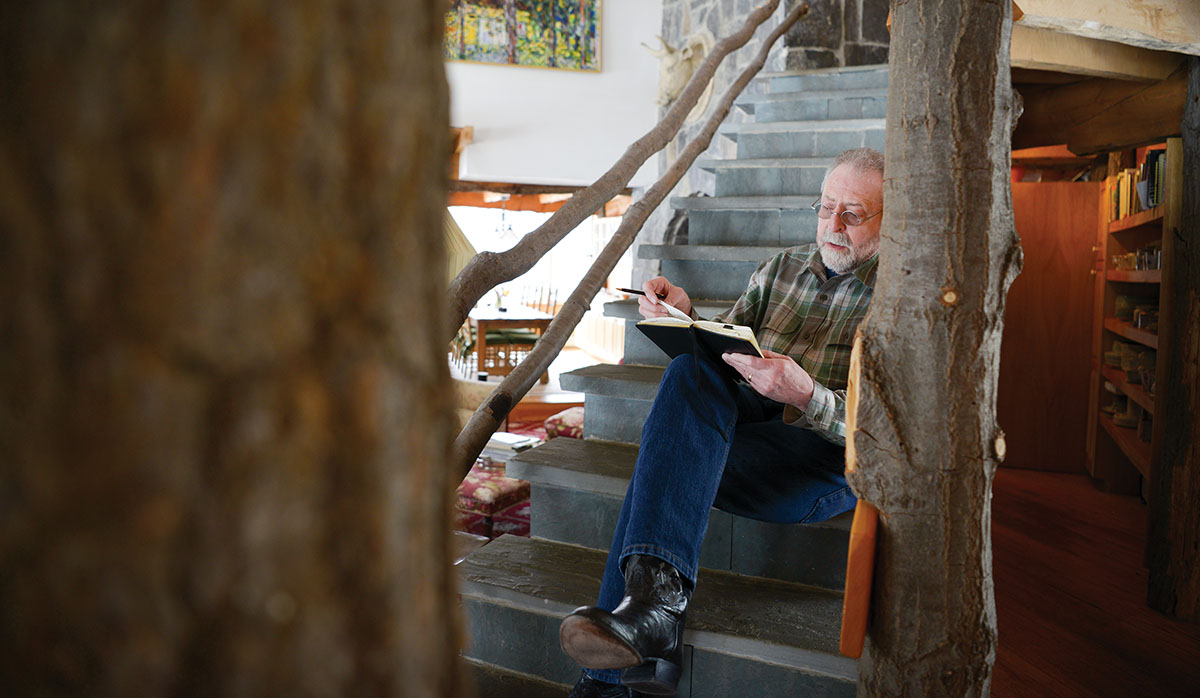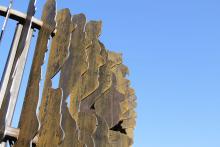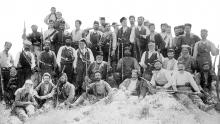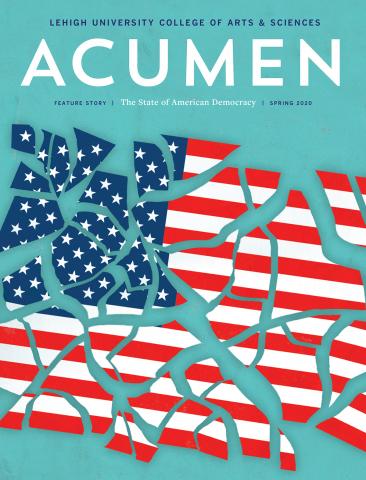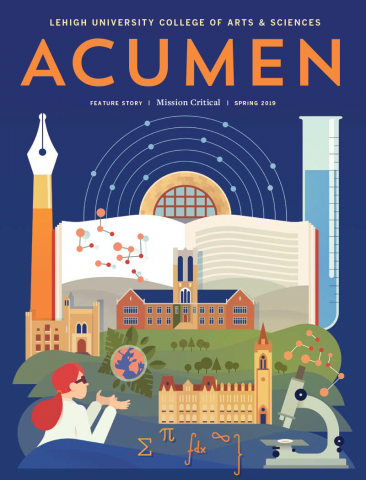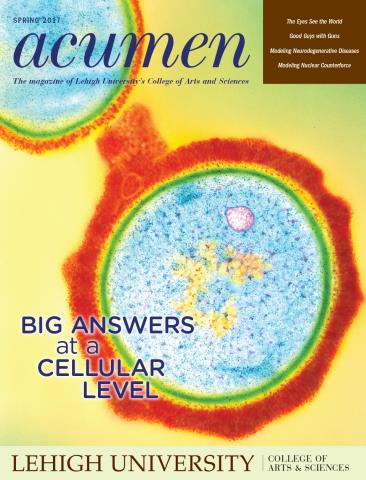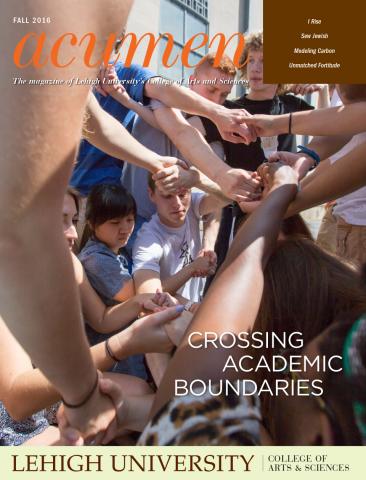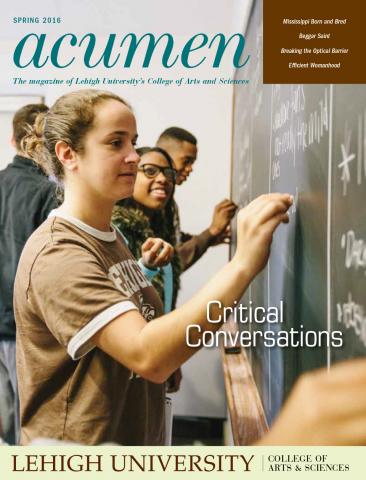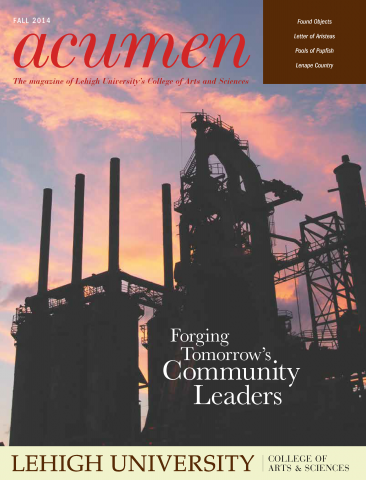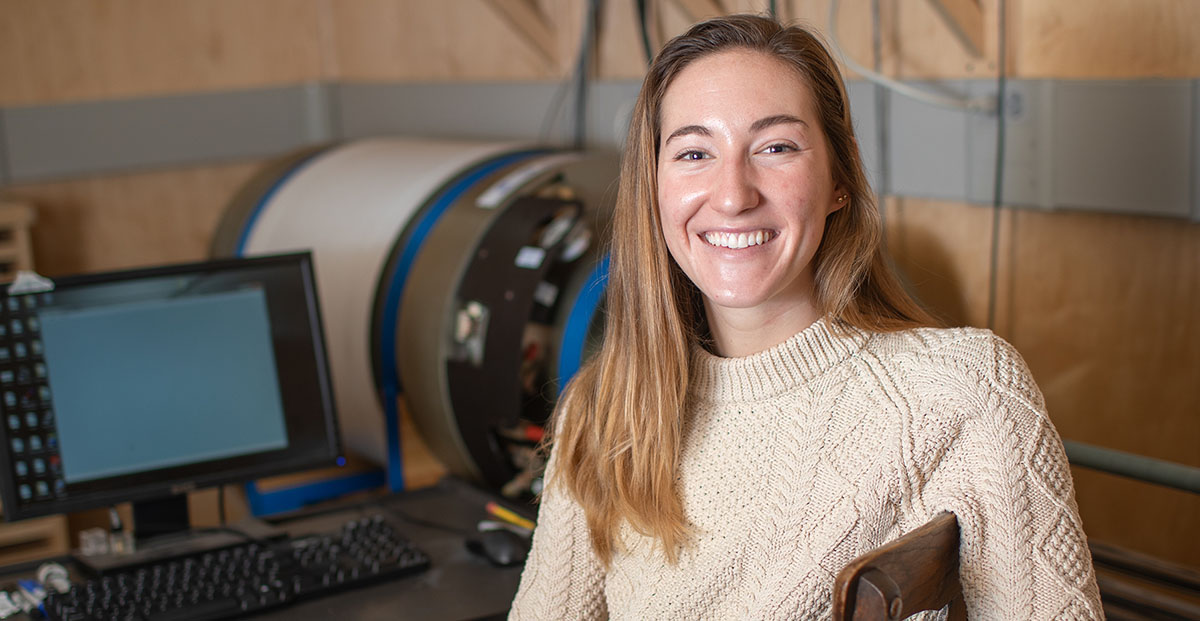
There is intensive and ongoing research to more precisely determine the date of human arrival to Europe. And that’s where Lehigh senior Monica Powers, an innovative geological dating process and a small town in Spain enter the narrative.
Nearly everyone thought early humans began arriving in Europe about a half million years ago. A series of spectacular discoveries in southern Spain changed those assumptions. Now, Powers is contributing research to help international scientific teams consider a new, more precise, time frame of the arrival of those first humans to European shores—1.1 to 1.3 million years ago.
Scientists theorize that early people swam or boarded rafts to cross the Strait of Gibraltar from Africa to arrive on the shores of what is today southern Spain. They support their thesis with major discoveries of rudimentary tools and animal and human bones. Many of these artifacts come from ancient riverbeds, which once fed into a now-vanished 50-mile-long lake near the small Andalusian town of Orce, 70 miles east of the historic city of Granada, Spain.
The discovery of the ancient people of Orce supports a suggested time frame for the earliest human departure from Africa—about 2 million years ago. These early humans may have started arriving near Orce about 400,000 years after leaving the African continent. Alternatively, human arrival around Orce could date from around 1.1 million years ago, which would still mark it as Europe’s oldest human site.
About 3,600 miles due west of Orce lies Cape May, N.J. That’s where Powers grew up, wandering salt marshes and other water bodies, crabbing and fishing. Just about the only thing she loved more than exploring the coast was studying math. She knew she wanted to work in water, so at Lehigh, she pursued an environmental science and a civil engineering dual degree—through the Arts and Engineering program.
Her energy and smarts quickly drew the attention of a geology expert. After she aced a class in structural geology, David Anastasio, professor and chair of the department of Earth and environmental sciences, asked her if she would consider joining a scientific expedition to Spain. The project involved a little-known approach to dating a Stone Age tooth found at an Orce archeological site. By precisely dating the age of rocks and sediments around where the tooth was discovered, the team would aim to contribute new knowledge on human arrival in the region.
“The invitation surprised me since I wasn’t yet majoring in geology. It would also bring in archeology, which I knew would be cool to experience,” Powers says.
She jumped at the chance to join the interdisciplinary team of experts, including archeologists, paleomagnetists and two Spanish lab techs, who would help Powers to navigate the site and conduct basic testing at a local lab.
The team turned to a specialized dating method called cyclostratigraphy. It involves the identification, characterization, correlation and interpretation of cyclic variations in rock layers. The approach uses astronomical cycles to date and interpret the sedimentary record. Very few people know what it means or how to do it.
“Try searching for the word. Google hardly recognizes it,” Powers says.
Not only did she use the method, she helped people learn its importance in dating fossils. Following the discovery, she presented the team’s findings at a major scientific conference.
In the archeological region near Orce, Powers and the research team first collected samples from the area where the tooth was found starting at 60 meters deep. That’s about as deep as Walt Disney’s Cinderella castle is tall. From that depth, they took additional samples about every 3 meters. In the lab, they calculated the age of each sedimentary layer sample by identifying the level of magnetism in each sample. Magnetism is created by the strength and direction of the earth’s magnetic field and helps provide insight on age.
One sediment sample registered at 1.77 million years old. With that age, the team calculated the distance from the ancient sediment sample to where the tooth was found. Next, they measured the sedimentation rate, or speed of deposition of particles carried by a fluid flow, between the two points. With those two calculations, they estimated the age of the tooth at 1.16 to 1.33 million years old.
The estimate proved far more precise than any done previously. Other methods of dating put the age of the tooth at 1.4 million years old or between a range of 1.1 to 1.7 million years old.
The results drew interest from experts around the world. Powers presented the group’s findings at the Geological Society of America’s annual convention in November 2018. Meanwhile, faculty from Lehigh’s College of Arts and Sciences are using the work to pursue additional research for a possible new migration route for ancient humans out of Africa.

